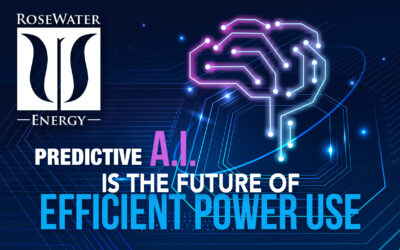As renewable sources of energy become more prevalent, so are the misconceptions people have about them.
Joe Piccirilli (embed contributor page), Managing Director at RoseWater Energy Group (embed: https://rosewaterenergy.com/), has always spoken about four pillars of energy design: perfect power quality, protection against lightning, battery backup and renewable integration. Now, he’s added a fifth.
“After a few years of dealing with misconceptions about what batteries and renewals are capable of doing, I’ve added a fifth pillar,” he said. “That fifth pillar is intelligent design.”
For instance, a number of people who Troy Morgan (embed contributor page), CEO of PantTech Design (embed: https://pantechdesign.com/), has worked with recently think they can power their whole house on battery backup for nearly an endless amount of time. Others think if they have solar panels, their house will stay powered even if the grid goes down. Not so – unless a battery is involved.
That’s why Morgan and Piccirilli think educating the public on energy issues is so important. That includes consumers who simply want to make sure their power stays on at their home, but also builders and contractors responsible for designing the systems
“The traditional design principles have required contractors to pre-define (a complicated energy plan), know all this upfront and then, more importantly, design the system in such a way that there’s a separate energy panel that the battery powers. So, all the things the battery powers go in that and everything else is in a completely separate load center,” he said. “With Adapt Energy, you don’t have to think about it like that anymore, but you do still have to know upfront what can the battery power and what can’t the battery power.”



